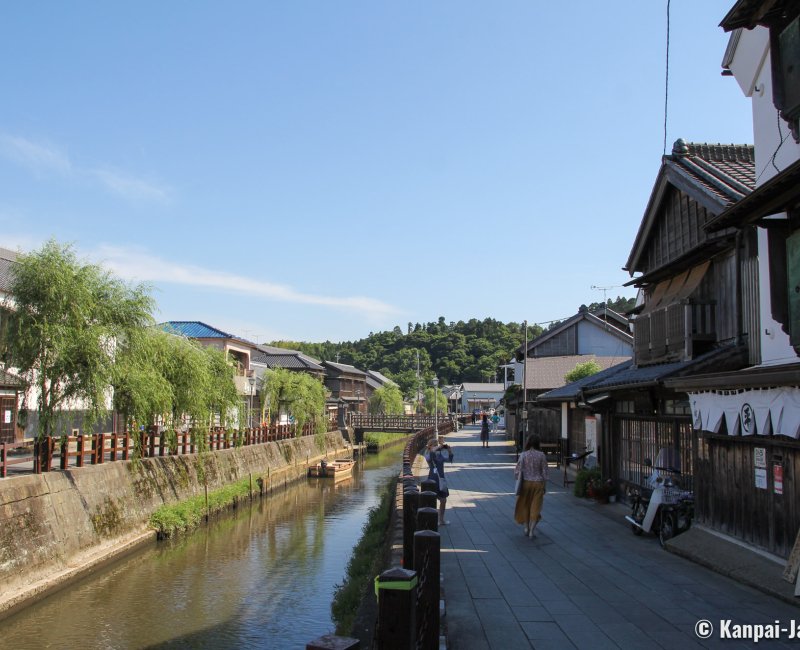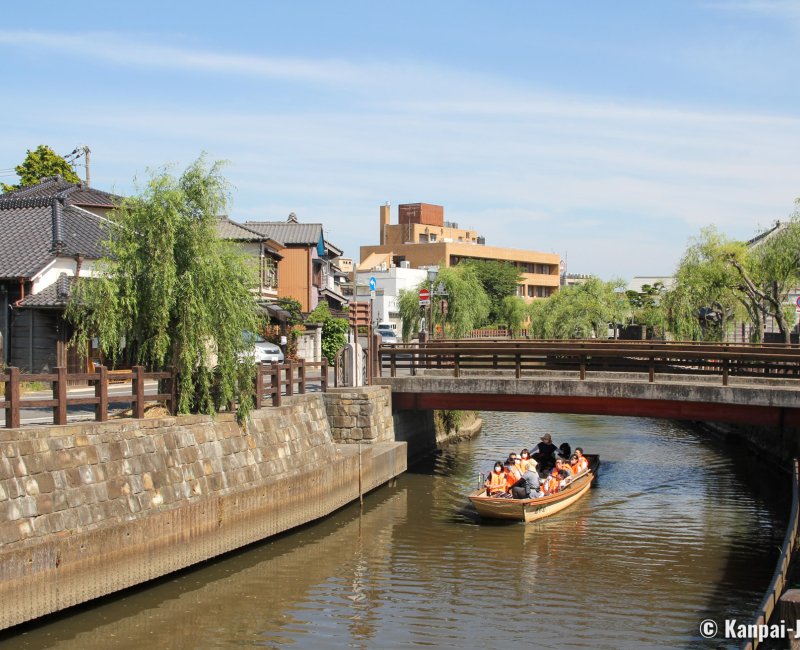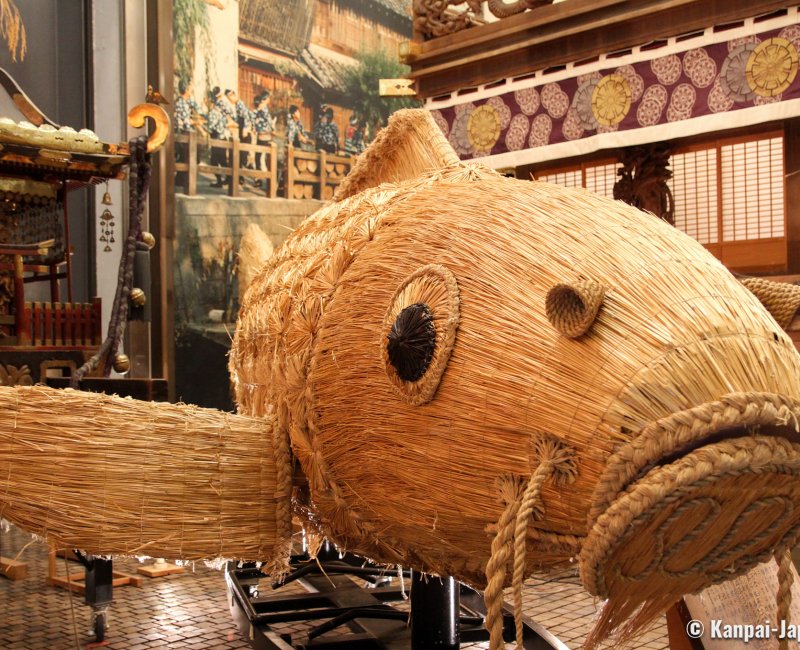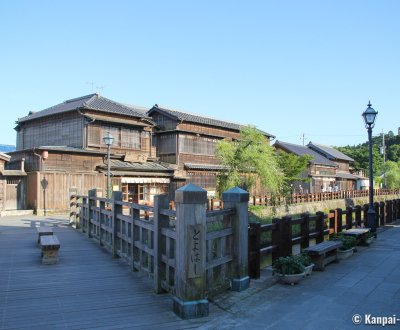Sawara
The Beautiful Little Edo by the Water in Chiba
Sawara is the historical district of Katori City in Chiba prefecture. Thriving during the Edo period (1603 – 1868), this old merchant town preserved its beautiful traditional houses and wooden shops built along the Ono River. Strolling in the lovely quaint streets or cruising on the canal feels like visiting olden times’ Japan.
While the visit of Kawagoe traditional town may feel incomplete, the discovery of Sawara’s authentic neighborhood in Chiba reconciles with the expression of Koedo (小江戸), meaning "Little Edo", and restores its real significance.
Sawara is a former trading city whose activity blossomed during the 2nd half of the Edo period. Its crisscross of waterways allowed to transport goods to the feudal capital Edo (now Tokyo). Transiting goods were, for example alcohol, miso paste, soy sauce and rice shipped from the north of Japan.
Part of the historical district, located along the waterway of the Ono-gawa River, has been designated a traditional architectural heritage (重要伝統的建造物群保存地区) in 1996 by the Japanese government. This preserved area now offers a lively beautiful postcard of the old Japan.

Old architecture preservation district
Within walking distance from the JR station and the Sawara bus terminal, the preserved area begins at the bridge crossing the Ono River, Kaiun-bashi, whose ends are decorated with beautifully carps sculptures. Then on about 500 meters, beautiful wooden buildings with traditional roofs stand along the canal.
Behind their beautiful facades, these authentic Japanese houses hide lovely small shops, well-maintained and always open, showcasing the local way of life. Cafes, restaurants and crafts shop are plenty in Sawara, with a large array of traditional souvenirs of Japan to choose from, such as sembei crackers, Washi paper, Japanese patterns fabric, elegant umbrellas, braided baskets and various decorative objects.
The houses inner courtyards and upper floors are also open, and display old tools, items or clothes of the times. Sometimes, street vendors pass by with their carts full of fresh fruits and vegetables to buy on the go.
Aside from the weekends and festival periods, Sawara is a timeless haven of peace. The beauty of the landscape is enhanced by:
- The perspective created by the traditional houses lining along the canal;
- The branches of the weeping willows hanging over the river; and,
- The care put into details such as the metalwork on the streetlights, the illustrated manhole covers and the many little statues of Japanese characters and deities.

Boat cruise under the bridges
At the end of the walk, take a boating tour on the Ono River from the pier at the wooden Toyahashi bridge, also nicknamed Jâ-jâ-bashi. It is characterized by a little artificial waterfall flowing at the center of the structure and that used to be part of the irrigation system supplying the nearby rice paddies.
When watering the fields was necessary, the sides of the bridge were closed so that the waterway’s water could flow into the fields. The rest of the time, they were kept open and the water was evacuated in the river thanks to the waterfall system. The locals nicknamed the bridge Jâ-jâ in reference to the noise made by the water when cascading from the bridge.
Several small boats are moored below the bridge and await visitors for a historical tour on the canal. There are, alas a few motorized boats, that unfortunately tend to spoil the place’s traditional aspect and quietness.

Dashi Kaikan Museum dedicated to the Sawara Matsuri
A bit away from the river toward east, Yasaka-jinja shrine shelters on its grounds the Dashi Kaikan Museum. It is dedicated to the Sawara Matsuri, a festival taking place twice during the year : in summer and in autumn 🍁.
It is one of Kanto’s most important float festivals, with over 8 meters high giant structures parading in the streets of the district. Aside the processions’ days, it is possible to admire the mobile structures in the museum. The refined and rich wood carvings ornamenting the floats are impressive. Another room displays some of the music instruments used during the matsuri (Sawara bayashi), as well as various items illustrating the Japanese mythology.
Sawara’s preserved area is a beautiful place to immerse in the old Japan’s atmosphere. It is by the way frequently used as a set for Japanese movies. The discovery of the place continues with the visit of the large Katori-jingu shrine and of the Suigo Sawara Ayame Park for its irises blooming in June. Those who would like to stay overnight will enjoy Nipponia Geisho, a luxury hotel 🏨 in a well-renovated traditional house. The city is also easily accessible by train 🚅 from Narita.

